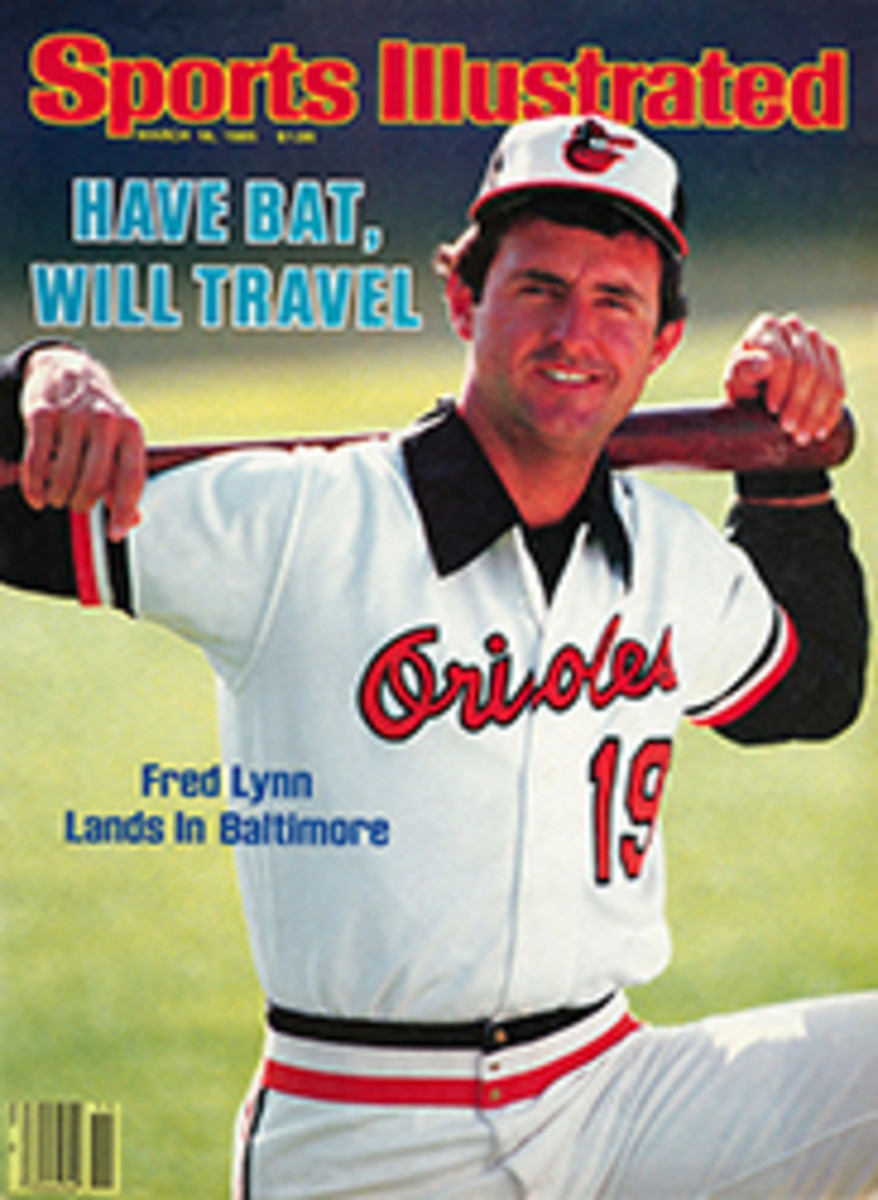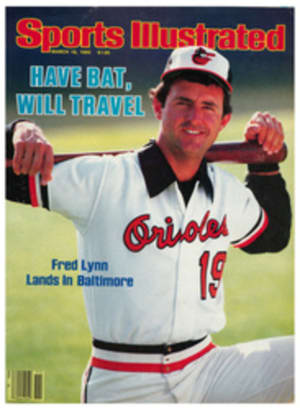
TOMMY HITCHCOCK: A WAR HERO AND SHINING STAR OF SPORTS' GOLDEN AGE
The so-called Golden Age of Sports gained its luster from a group of men whose exploits were prodigious, among them Babe Ruth, Jack Dempsey, Bill Tilden, Red Grange, Bobby Jones and Tommy Hitchcock. Who below the age of 50 remembers Hitchcock? If you've read F. Scott Fitzgerald, you'll be familiar with two characters for whom Hitchcock served as a model—Tom Buchanan in The Great Gatsby and Tommy Barban in Tender Is the Night. Hitchcock was far more than a superb polo player, and that's what a new book sets out to remind us. It's Tommy Hitchcock, An American Hero by Nelson W. Aldrich Jr. (Fleet Street, $19.95).
In Hitchcock's heyday his dangerous and demanding sport drew large audiences, but he'd already won acclaim of another kind. At age 17 he left prep school to join the French as a pursuit pilot in World War I. He was underage, but Teddy Roosevelt, a family friend, arranged Hitchcock's entrance into the service. He became the youngest American brevetted in the war, flew with the famed Lafayette Escadrille and, a month past his 18th birthday, was wounded and shot down over German-occupied territory. He escaped to Switzerland and later returned to France. Efforts by his family to transfer his commission from the French to the U.S. air force muddled his status, and as the war ended he was still attempting to resume his flying career.
Aldrich's access to Hitchcock's wartime correspondence yields a rich portrait of those early days of solo combat by seat-of-the-pants flying in cockleshell planes, and Hitchcock's own account of his eight-day journey to the Swiss border.
The day after Pearl Harbor, Hitchcock began volunteering again. Now they said he was too old for combat, but he nearly made it. He was commanding an R&D airfield in England when he was killed, in 1944. Hitchcock crashed on a test flight of a P-51 Mustang, in the development of which he'd played a key role.
In both wars he won high decorations; in his sport he was the best.

